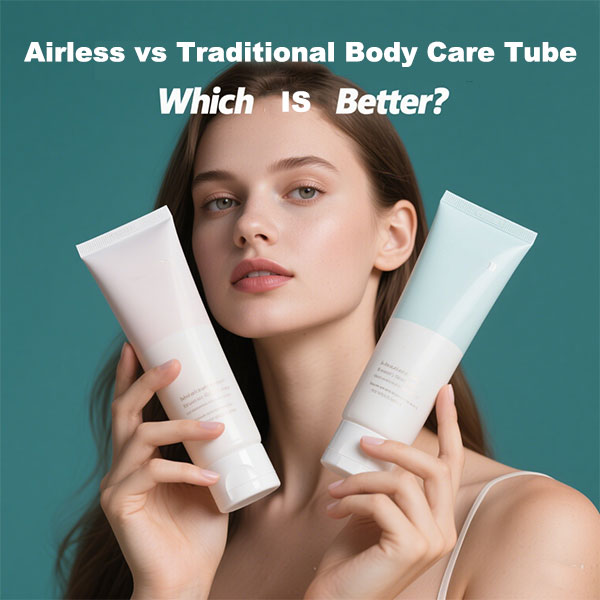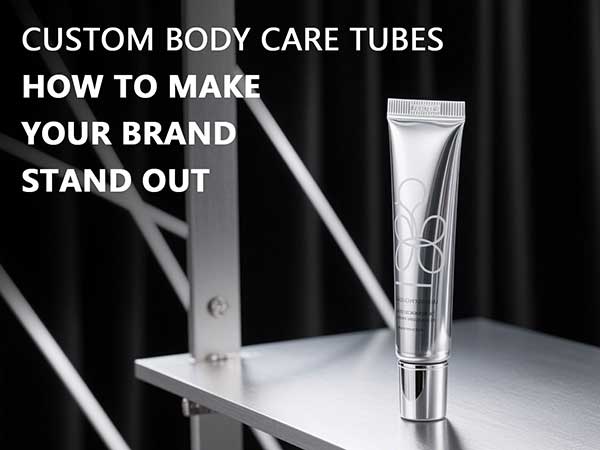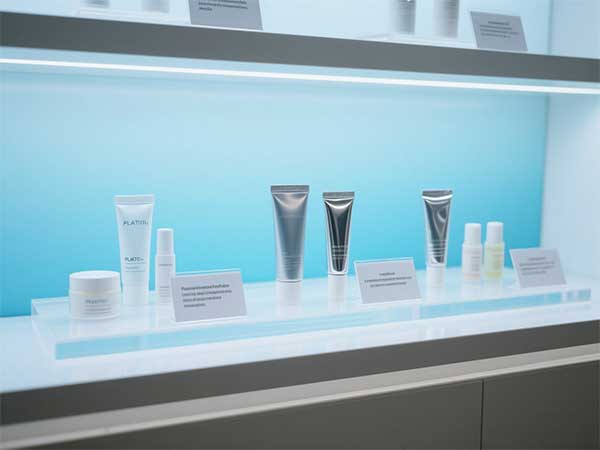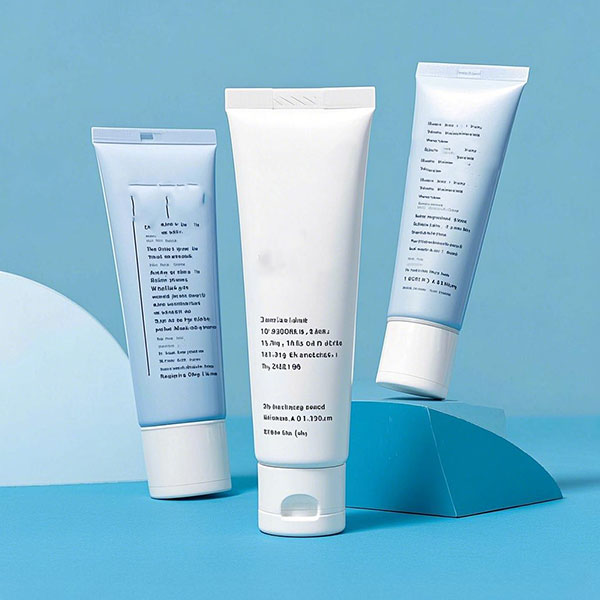What type of blanket is best for picnics?
What Type of Blanket Is Best for Picnics?
Picnics are a cherished way to enjoy the outdoors, whether in a sun-drenched park, a shady forest, or a breezy beachside. Yet, the success of a picnic often hinges on one essential item: the blanket. A well-chosen picnic blanket not only provides comfort but also withstands environmental challenges. So, what makes the perfect picnic companion? Let’s explore the key features to consider.
Durability and Material Matter
The foundation of a great picnic blanket lies in its material. For rough surfaces like grass, sand, or gravel, a durable, tear-resistant fabric is non-negotiable. Polyester blends are popular for their strength and weather resistance, while canvas offers a sturdy, classic option. However, pure canvas can be heavy and less portable. Modern hybrids, combining polyester with a waterproof backing, strike a balance between resilience and convenience.
Waterproofing: A Must-Have Feature
Grass can be damp, and beaches are often sandy and moist. A waterproof or water-resistant layer beneath the top fabric is crucial to keep you dry and comfortable. Many blankets feature a PVC or polyurethane-coated bottom, acting as a barrier against moisture, dew, or spills. This feature not only protects you but also prevents the blanket from absorbing ground moisture, ensuring it dries quickly after use.
Portability and Ease of Transport
A picnic blanket’s practicality extends beyond its surface. Look for lightweight options that fold compactly into carry bags with handles or straps. Some designs include built-in storage pockets for utensils, napkins, or even a bottle opener. For hikers or those traveling far, a blanket that doubles as a tote bag—with reinforced corners or straps—can be a game-changer, eliminating the need for multiple items.
Size and Comfort Considerations
Consider how many people will use the blanket. A family picnic demands ample space, while a solo outing might suit a smaller, portable option. Additionally, think about thickness. A thin blanket might suffice on dry grass, but a padded or fleece-lined version adds comfort on harder surfaces like concrete or rocky terrain. Some blankets even include removable foam inserts for customizable cushioning.
Style and Aesthetic Appeal
While functionality reigns supreme, style isn’t irrelevant. Vibrant patterns, neutral tones, or themed designs can elevate your picnic’s ambiance. Opt for colors that resist fading from UV exposure, ensuring your blanket stays vibrant season after season.
Final Verdict
The ideal picnic blanket blends durability, waterproofing, portability, and comfort. For versatility, a polyester-canvas hybrid with a waterproof base and carrying straps checks most boxes. Add a touch of personal style, and you’ve got a recipe for countless memorable outings. So, the next time you plan a picnic, choose a blanket tailored to your needs—and let the adventures unfold!















